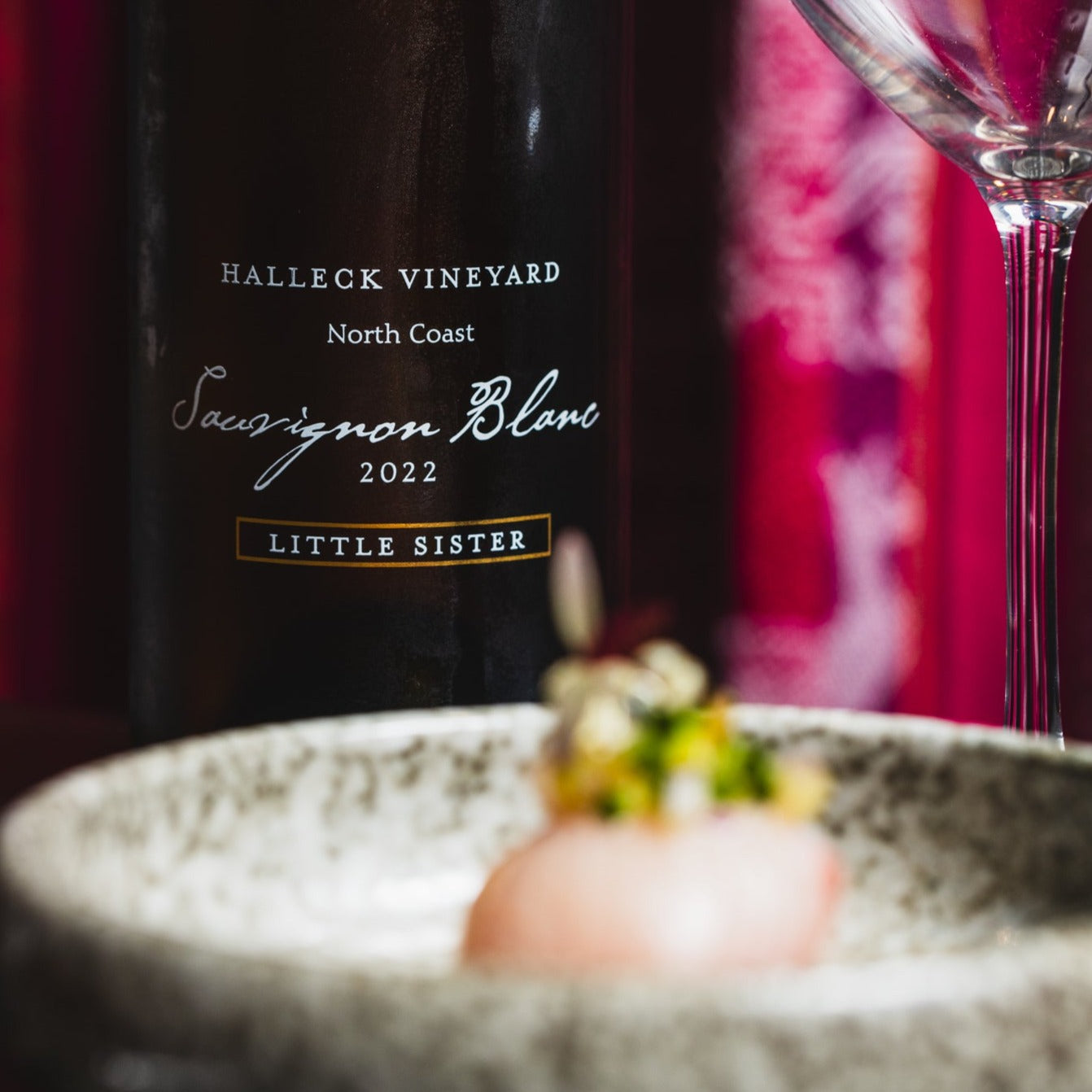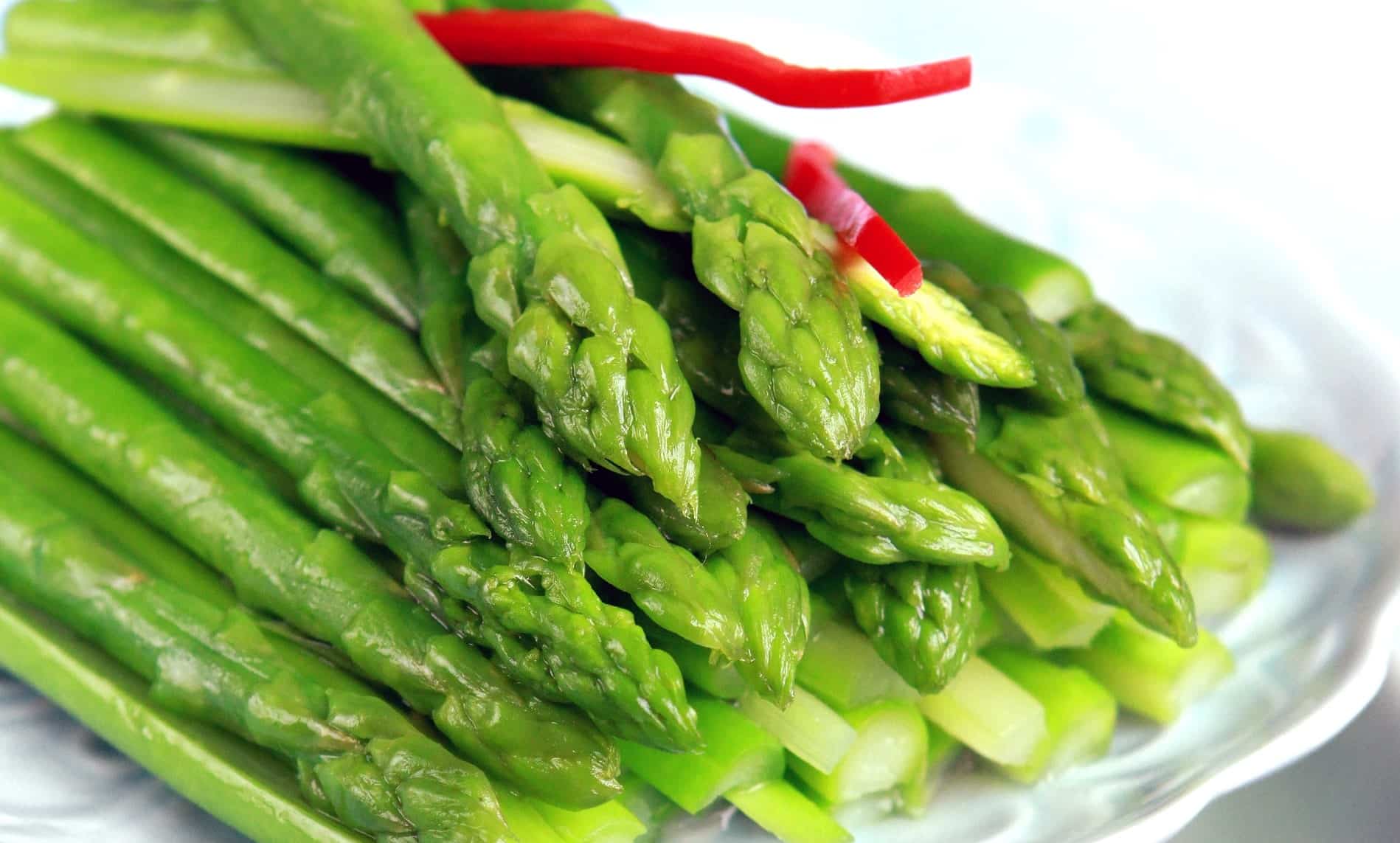Best Pinot Noir Wineries In Sebastopol - Sonoma Vineyards To Explore
Best Pinot Noir Wineries In Sebastopol - Sonoma Vineyards To Explore
Blog Article
Unique Wine And Food Pairings In Sonoma - A Guide To Sonoma Wineries
Wine tasting is an art that mixes sensory experience with an appreciation for the nuances of various varietals. How to evaluate flavors in winery wine tasting periods is pivotal to grasping the complexities of wine.
Participating in a wine tasting involves more than simply sipping and savoring. It requires a centered approach to identify aromas and flavors that each wine presents. As you start, observe the wine's appearance, noting its colour and readability. These visible cues typically recommend a wine’s age, grape variety, and even potential flavor profiles.
The next step within the tasting course of is to swirl the wine in your glass. This action releases fragrant compounds which are very important for evaluation. Lean in and take a moment to inhale deeply; the aromas can range from floral and fruity to spicy and earthy. The nostril of the wine is just as necessary as the palate, and recognizing scents plays a major role in understanding the overall experience.
When taking your first sip, allow the wine to move throughout your palate - Eco-Friendly Wineries In Sonoma County. Notice the preliminary flavors that present themselves. Is the wine fruity, floral, or perhaps herbaceous? This preliminary style provides insight into what the wine is more probably to categorical as you continue to evaluate it. The mouthfeel additionally contributes to the overall flavor experience; it can be silky, tannic, and even effervescent.
Wineries In Dry Creek Valley - Sebastopol Area Wine Tasting
As you continue tasting, take note of the wine’s steadiness. A well-balanced wine will harmonize acidity, sweetness, and tannins. If one component overwhelms the others, it might indicate a much less desirable quality. Evaluating steadiness can help you determine how nicely the wine might pair with food.
Transitioning to the end, think about how the flavors evolve because the wine lingers on your palate. A lengthy, pleasant end can indicate a high-quality wine, while a brief or abrupt end might counsel in any other case. Mirror on whether the flavors remain constant or if new notes emerge as the wine settles. This progression can reveal complexities and intricacies that may not have been apparent within the preliminary tasting.
Temperature can also be a crucial consider evaluating wine flavors. Different types of wine are optimally enjoyed at specific temperatures. White wines usually shine when chilled, while pink wines usually carry out finest at room temperature. When tasting, ensure the wine is on the applicable temperature to completely respect its character.
Wineries In The Heart Of Sonoma County Wine Region - Vineyards Near Sebastopol
Pairing food with wine can significantly enhance the tasting experience. Foods can influence the notion of flavors in wine, both highlighting sure traits or diminishing them. When evaluating flavors, consider how the wine interacts with totally different meals, noticing which flavors are amplified or muted (Wineries With Sustainable Practices).
Contemplate the affect of terroir as you engage in a winery tasting. Terroir encompasses the unique environmental components that affect grape rising, including soil composition, local weather, and geography. Understanding a wine's terroir can provide perception into its flavors and aromas, fostering a deeper appreciation for the alternatives made during its cultivation and production.
Schooling plays a fundamental position in enhancing one's capacity to evaluate wine flavors. Studying about grape varieties, wine areas, and manufacturing strategies can pave the means in which for extra knowledgeable judgments throughout tastings. Moreover, attending workshops or classes can refine sensory skills and broaden your flavor vocabulary, enabling you to articulate tasting notes extra successfully.

Lastly, it's important to do not overlook that evaluating wine flavors is a highly personal experience. Individual preferences and perceptions will invariably shape one’s tasting journey. Enjoyment ought to be on the forefront, with the analysis process performing as a software to boost understanding and appreciation quite than create rigid guidelines.
Unique Wine Blending Experiences In Sonoma - Sonoma Wine Tasting Adventures
In conclusion, mastering tips on how to evaluate flavors in winery wine tasting classes entails a combination of sensory engagement, data, and practice. By studying to identify aromas, assess the steadiness, and appreciate the intricacies of flavor, wine enthusiasts can deepen their connection to every bottle they encounter. As with any art form, the more one immerses themselves in the experience, the extra they will uncover and enjoy the huge world of wine.
- Begin by observing the wine's color and readability, as these visual components can hint at its flavor profile and getting older potential.
- Swirl the wine gently in your glass; this releases aromatic compounds, allowing you to raised establish the advanced scents associated with the wine.
- Take a deep inhale before tasting, specializing in each primary and secondary aromas to collect insights on fruits, spices, and other nuances.
- When tasting, allow the wine to coat your palate; note the preliminary flavors, the mid-palate complexity, and the end as these phases can provide different flavor highlights.
- Pay consideration to texture and mouthfeel, as aspects corresponding to tannin levels, acidity, and sweetness contribute considerably to the general tasting experience.
- Compare flavors towards commonplace wine characteristics; for pink wines, consider berry notes, oak influence, and natural tones, while whites might include citrus, stone fruits, and floral hints.
- Take notes in the course of the tasting session to track your impressions, helping you to recollect and evaluate the totally different wines sampled.
- Focus On your findings with fellow tasters or winery employees, as sharing insights can enhance understanding and appreciation of particular person flavors.
- Allow time for the wine to breathe; generally, flavors evolve and reveal new dimensions after being uncovered to air.
- Experiment with food pairings during the tasting as they'll dramatically alter how flavors are perceived, influencing overall enjoyment.undefinedWhat should I look for when evaluating the aroma of wine throughout a tasting?
Begin by swirling the wine navigate to this site in your glass to release its aromas. Deliver the glass to your nose and take a deep breath. Pay attention to the primary scents you detect, as these are sometimes probably the most distinguished. Look for fruit, floral, herbal, or earthy notes and attempt to determine specific traits, which is able to deepen your understanding of the wine's complexity.
Breathtaking Views From Sonoma Wineries - Sebastopol Area Wine Tasting

How can I distinguish between completely different flavor profiles in wine?
Understand that flavor profiles are sometimes categorized as fruit, floral, herbaceous, spicy, or mineral. Take small sips and allow the wine to coat your palate. Discover the first flavors that emerge first and the delicate notes that comply with. This layering is essential in distinguishing the wine's characteristics and can assist you to respect its unique profile.
Wineries Ideal For Romantic Getaways - Vineyard Visits And Wine Tasting In Sonoma
What is the importance of the wine's texture in a tasting?
The texture of the wine, also identified as mouthfeel, plays a crucial role in how we perceive flavors. Pay attention as to if the wine feels easy, creamy, or gritty. The body of the wine (light, medium, or full) can improve or distinction with flavors, offering a more rounded experience during tasting.
How do I assess the stability of flavors in wine?
Balance in wine refers to the harmony between acidity, sweetness, tannin, and alcohol. Take a moment to assess whether or not these components complement or intervene with each other. A well-balanced wine could have none of its components overpowering the others, creating a nice tasting experience.
Wineries That Offer Food Trucks On Weekends - Sonoma Vineyards For A Perfect Day Out
What role does temperature play in evaluating wine flavors?
Temperature can significantly impact the perception of flavors. Generally, red wines are finest served slightly below room temperature, while white wines benefit from being chilled. As the temperature adjustments, the aromas and flavors can shift, permitting you to perceive different characteristics. It’s essential to style wine at its optimum temperature for true evaluation.
Upcoming Wine Festivals In Sonoma County - Sebastopol Wine Experiences
How can I enhance my tasting skills over time?
Practice is essential to bettering your tasting skills. Wine Tasting Experiences With Local Cheese. Attend tastings, maintain a journal of your experiences, and explore several types of wines to broaden your palate. Moreover, learning about wine production and grape varieties can present context that enhances your evaluation process, making you a extra knowledgeable taster.
Is there a specific order in which I ought to taste the wines?
Best Wineries For Wine Tasting In Sonoma - Luxury Wine Tasting In Sonoma County
Sure, it’s advisable to taste wines from light to full-bodied and dry to sweet. This progression prevents the stronger flavors from overshadowing the more delicate ones, allowing you to fully recognize every wine's traits and nuances with out palate fatigue.
How can I consider the aftertaste of wine?
Wineries Pairing Wine With Chocolate - Scenic Wineries Of Sebastopol
The aftertaste, or end, is a vital aspect of the wine-tasting experience. After swallowing, take note of how lengthy the flavors linger in your palate and whether or not they change. A long, pleasant end is commonly an indicator of a high-quality wine, whereas a short or unpleasant end might suggest otherwise.
Why is it necessary to notice the wine’s acidity during tasting?
Acidity contributes to the overall freshness and structure of the wine. Pay consideration to the tingling sensation on your tongue; higher acidity can improve the wine's liveliness and steadiness out sweetness. Noting acidity helps determine the wine's versatility with food and its aging potential.
What ought to I do if I wrestle to identify particular flavors in wine?
Quaint Wineries In Picturesque Settings In Sebastopol - Sebastopol Area Wine Tasting
Struggling to determine flavors is common, particularly for beginners. my sources Focus on broader classes and describe what you presumably can acknowledge, corresponding to candy or earthy notes. With practice, studying about totally different flavor profiles, and maybe using flavor wheels, you will refine your senses and develop a extra nuanced method to tasting. Report this page